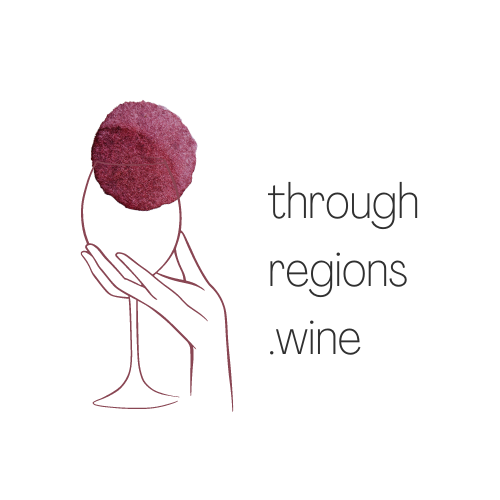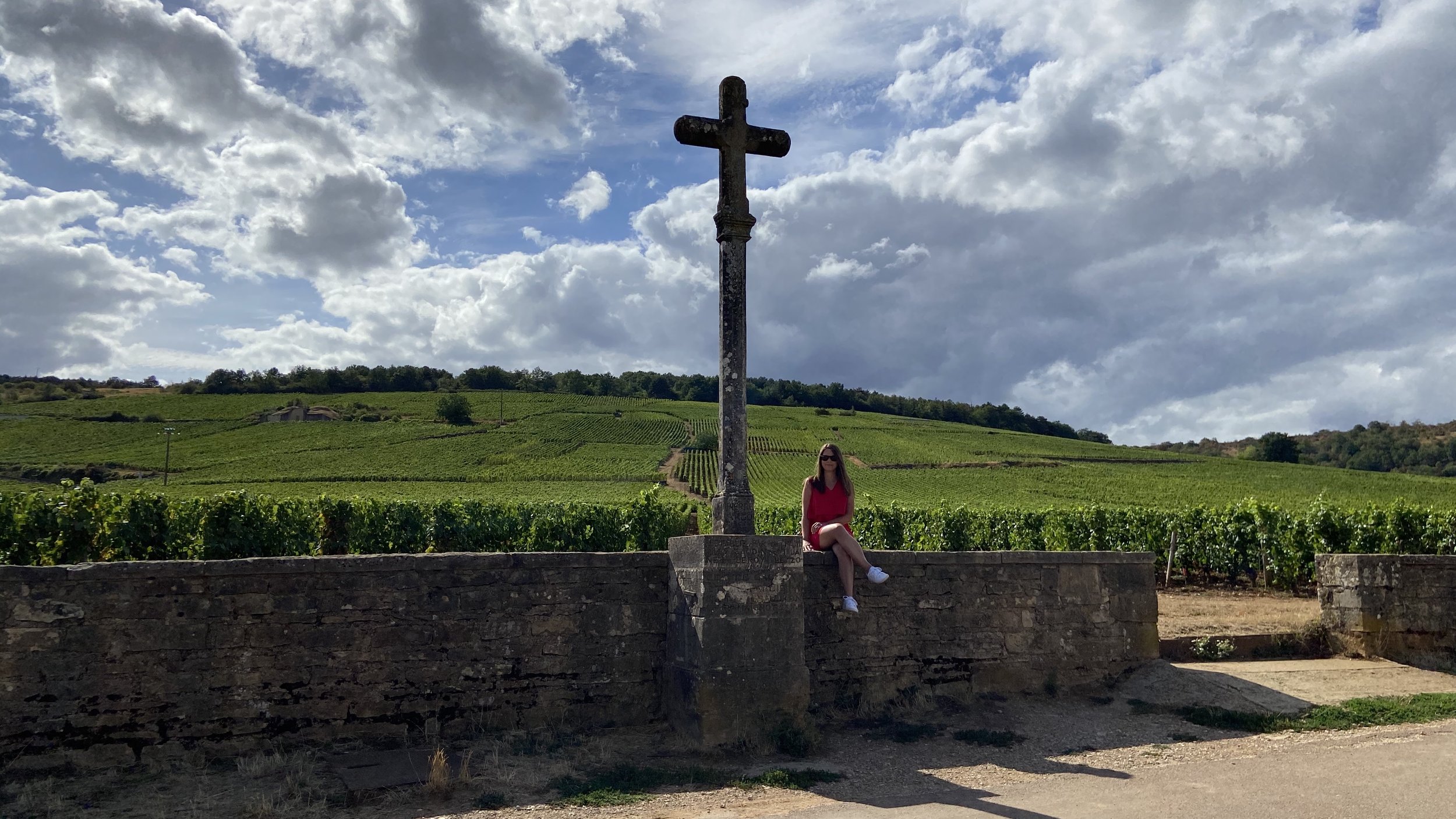Burgundy. David Duband Vosne-romanée 2012
Without any doubts Vosne-Romanée is the most famous village in Burgundy’s Côte de Nuits and home of the most expensive wines in the world, among others coveted Romanée-Conti from Domaine de la Romanée-Conti. No other Pinot Noir has gained so much appreciation for its elegance and subtlety.
Although there are also many outstanding Vosne-Romanée wines bearing Village and Premier Cru status, it’s the six Vosne-Romanée Grand Cru vineyards whose names are creating the furor: Romanée-Conti, La Romanée, La Tâche, Richebourg, Romanée-St-Vivant, and La Grande Rue which command the highest prices. The wines from each of these express the distinct nuances of their terroir, but all are renown for power conveyed with the subtle tannins and smooth finish, often described as an ‘iron fist in a velvet glove’.
Domaine opened in 1965 under the name Pierre Duband. At the time, the domaine farmed fifteen hectares of vineyards and sold everything to the cooperative winery in Beaune. In 1991 the first wines were made under the name Domaine David Duband, from 1.5 hectares of vines within the appellations Nuits St Georges, Nuits St Georges 1er cru "Aux Thorey" and "Les Procès" and shortly after domaine gained farming rights of Hautes Côtes de Nuits rouge and blanc and in Vosne Romanée village. Over the years domaine located in Chevannes has grown adding many parcels, including the Grands Crus "Chambertin" and "Latricières-Chambertin".
David Duband Vosne-Romanée 2012 I had pleasure to try has a beautiful pale ruby colour, soft tannins, medium(-) acidity and smooth and medium length finish. On the nose you can sense distinct red fruit flavours of strawberries, wild strawberries and cherries, delicate floral aromas of violets and rose petal, on the palate more earthy and mushroom notes, champignons and oak, ash aromas. It would pair nicely with duck, rack of lamb, veal and beef wellington.
It's good to drink now, I don’t think it would gain much more from the longer aging. My bottle was sealed with a DIAM cork and the wine didn’t show any signs of TCA. DIAM is a 95% processed cork with the remaining 5% being a mixture of chemical compounds aimed to eliminate the TCA defect. The debate regarding DIAM is still ongoing but the facts are that many producers in Burgundy started using those in recent future and more seem to follow (especially white Burgundy from Cote de Beaune).
Despite giving it a few hours to breath this wine sadly lacks some of the finesse which one should associate with the famous village of Vosne-Romanée. You can’t buy this particular bottle in Poland, but you can buy some of David Duband’s wines at Darwina, e.g. Nuits Saint Geogres or Gevery Chambertin.





